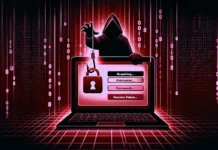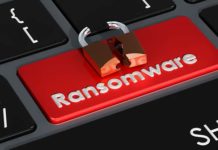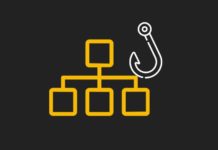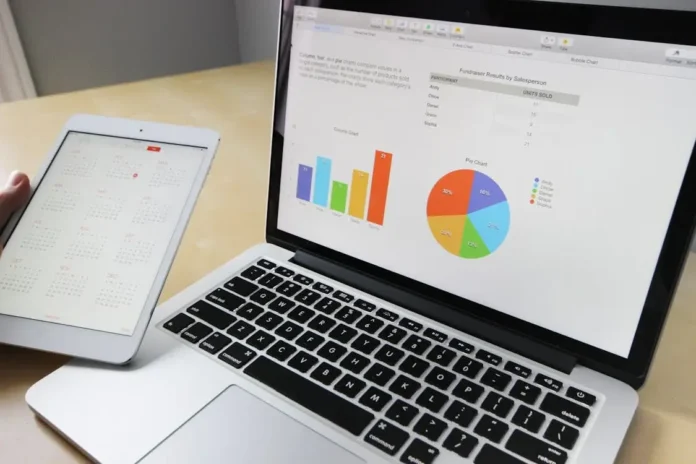Your financial documentation can be easily accessed via the web. It’s got to be one of the most convenient things in today’s digital age. But herein lies a problem: cyber threats may work anytime and any place, and they can also affect businesses, small and large.
Not only that, cybercriminals are looking for sensitive financial data so they can be able to steal your funds and also sell your data. It can also lead to plenty of headaches for your business as well.
This guide will discuss the five critical steps you need to take to protect your financial documentation from cyber attacks. This will pertain not only to your personal information but also to your business’s financial information.
1. Back-Up Data Regularly
First and foremost, we would be remiss if we didn’t mention backing up your data regularly. It is critical to any cyber security strategy that you implement. You want to ensure that your financial documents are backed up frequently and stored in an off-site location – ideally, secure.
It’s also a good idea to ensure you have up-to-date back-ups to quickly restore any lost or compromised data so downtime is minimized and there is no financial loss.
It’s also important to utilize certain tools to reduce the risk of those breaches. For example, FormPros has a fake pay stub generator where you can create documents that might throw off cyber attackers. They might think they have the real data when, in reality, they have something that just might be fake. Talk about pulling a fast one on the cyber bad guys.
2. Implement Document Encryption
Obviously, it is important that you encrypt your financial documents, as it can be an excellent way to safeguard the most sensitive information. The encryption will convert your data into a coded format, and you will need a key to decode it. This means that it will be nearly impossible for unauthorized users to access the document and read the information.
Utilize AES-256 encryption, which will be great for protection when the data is at rest or in transit. It is considered one of the most robust encryption standards on the market.
3. Establish Secure Access Protocols
Establishing these secure access protocols allows you to control who can access the financial documents. Consider using multi-factor authentication or MFA, especially when securing sensitive files. Users must provide two or more verification factors to gain access.
At the same time, consider using role-based access controls like RBAC to determine who gets to see what they’re authorized to access. Not all files should be accessed by anyone, and if you feel the same way, you can utilize RBAC to your advantage.
4. Regularly Update Security Software
With cyber threats continuously evolving, you want to ensure that you stay ahead of the curve to prevent becoming the next victim. You want to update your security software regularly. This includes your antivirus programs, firewalls, and anti-malware tools. They will be better equipped against the latest threats. If necessary, make sure that you enable the automatic updates so you don’t have to do them manually.
5. Educate Employees on Cybersecurity Best Practices
If you run a business, you want to ensure that you educate your employees on implementing the best practices for cyber security. Nine times out of ten, a cybersecurity attack can be triggered by human error.
That’s why it is essential to implement regular training sessions so staff members can recognize specific cyber attack issues like phishing attempts, using strong passwords to deter unauthorized access, and being able to handle user data regularly and securely.
Final Thoughts
These five steps will be vital for protecting the financial documentation for your personal and business finances. Cyber attacks are becoming more sophisticated every day. That’s why it is crucial to stay ahead of the curve and ensure that your security software is updated and your data is backed up regularly.
Be sure to follow these steps and ensure that every bit of sensitive financial information is always protected, be it for yourself, your employees, and your customers.



































